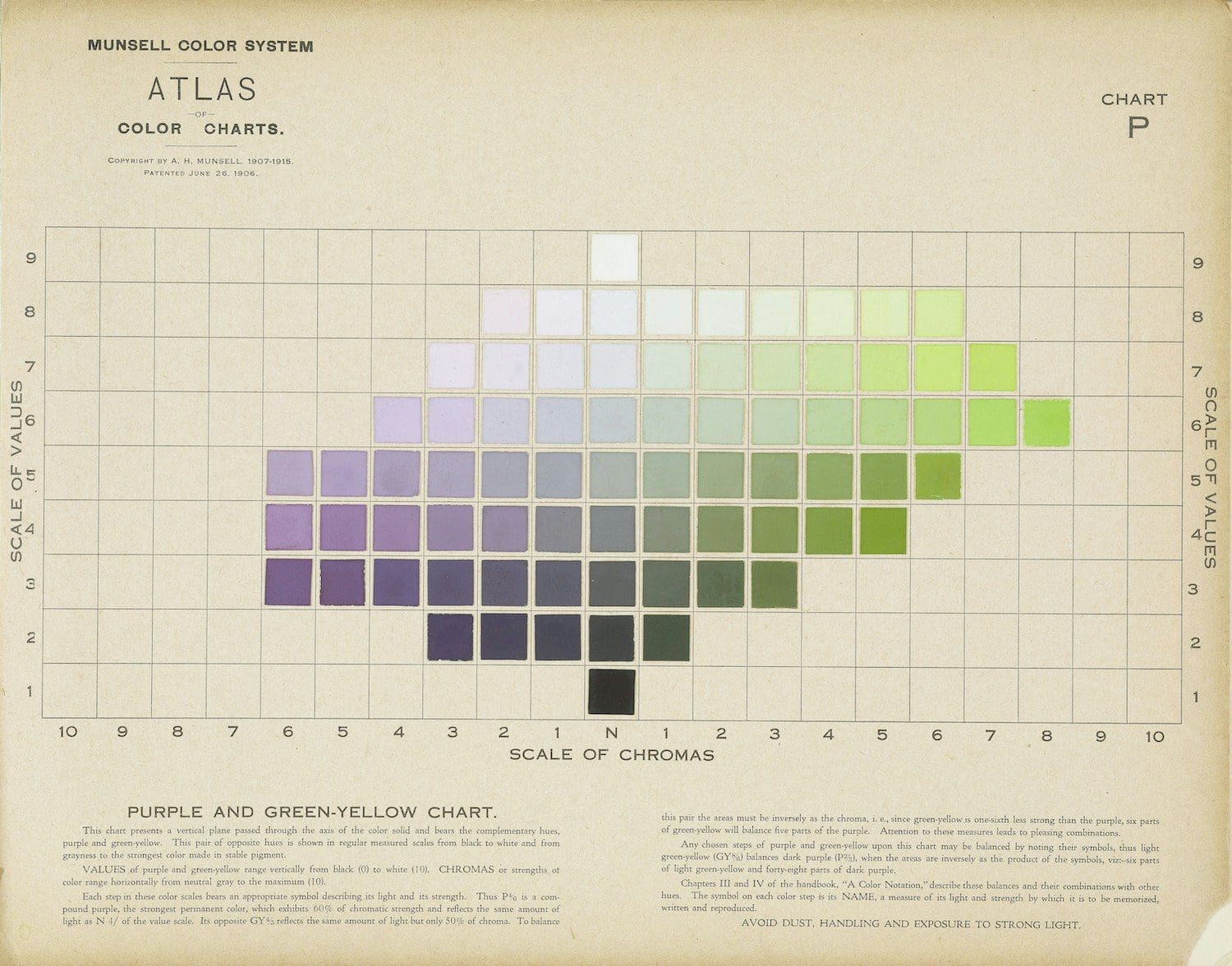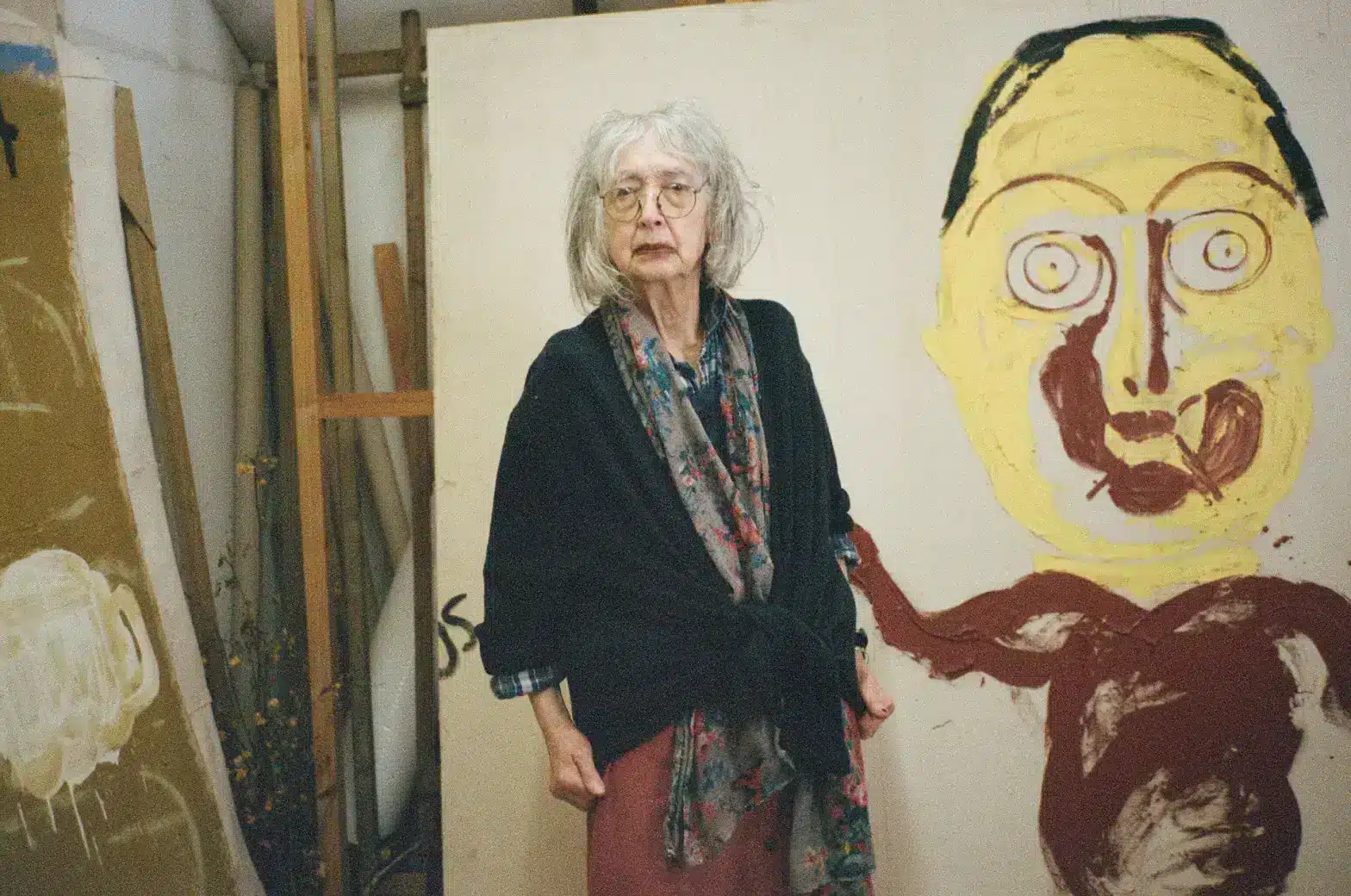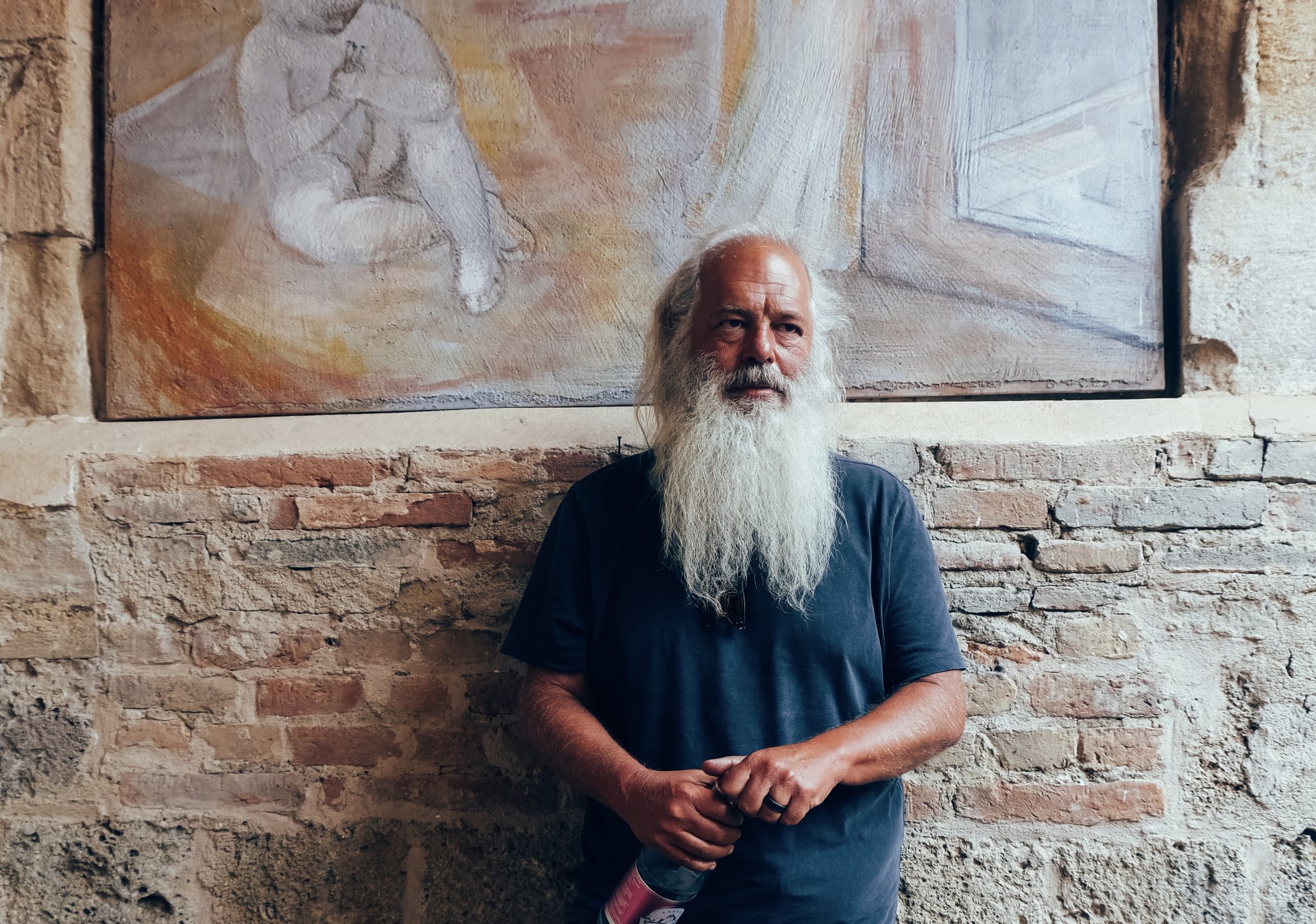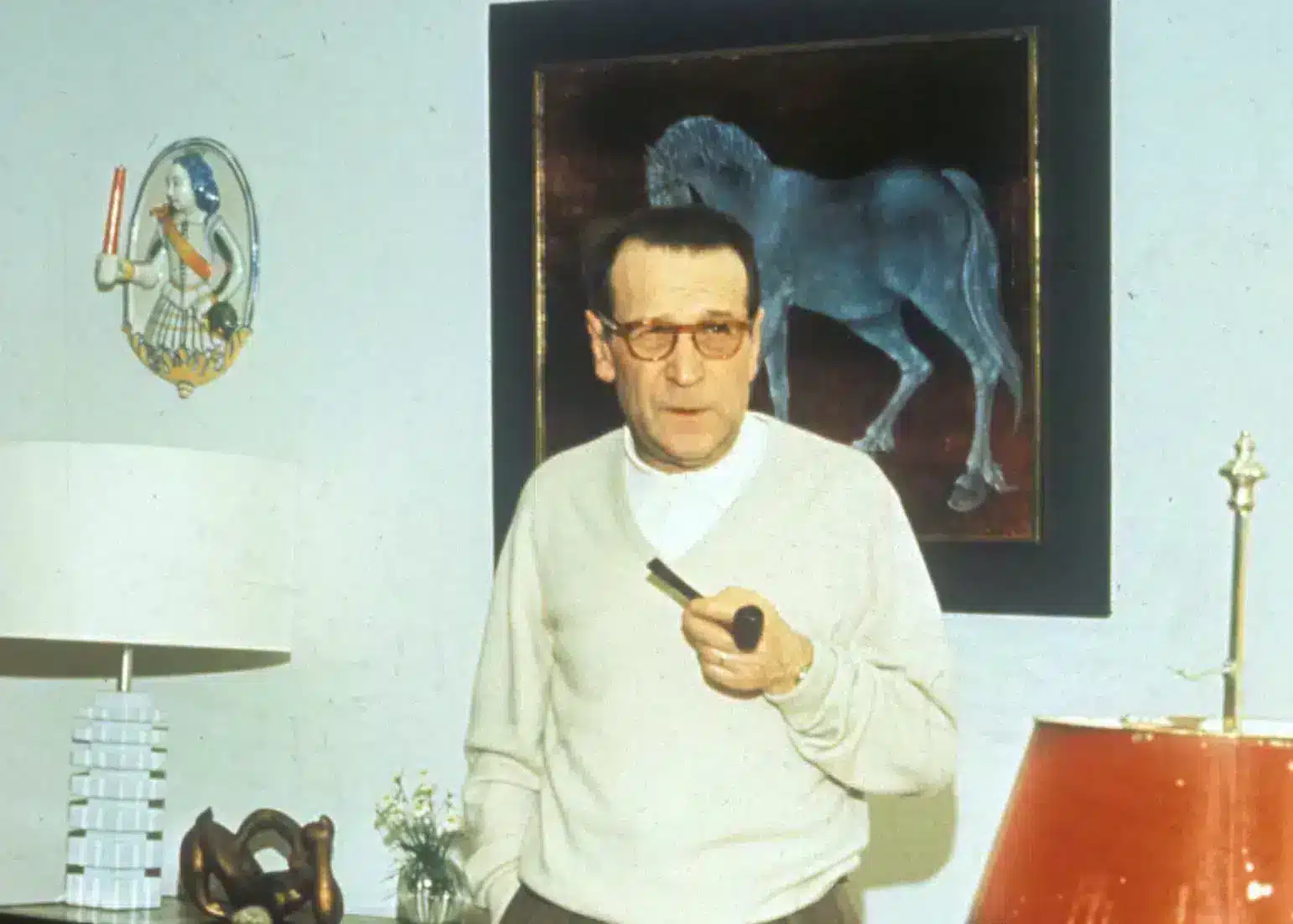
After the snowdrops come the violets. Little pinpricks of deep purple in cushions of green leaves, the violets in March are spreading in brave clumps under the still bare branches of the sycamore and on the burgeoning verges and in the graveyard and under the wintery hedge. A ‘shrinking violet’ is a timid friend of yours who stutters in company or retreats to the side of the room, yet here British poet Alice Oswald gives the violet back its voice. This violet (and now, all violets, for after reading you will never see a violet in the same way) calls to you, chooses you, intoxicates and bewitches. This violet asks you to come close and only then will she reveal her scent.
Author of 11 books of poetry, winner of many prestigious awards including the TS Eliot Prize, Faber poet Oswald upends all our notions of the structure of things and in her book Wildflowers & Weeds (2009), a collaboration with illustrator Jessica Greenman, where ‘Violet’ is published, she shows us how all sense of our human selves is entwined with and reflected in our relationship with the flora and fauna and the landscapes in which we have evolved. In all her books, including Dart (2002) , her 48 page prose poem celebrating the River Dart in Devon, where she lives, and Woods etc (2005) and The Thing in the Gap Stone Stile (her first collection, 1996), Oswald—not unlike Ted Hughes – shows us over and over, with acuity, courage and an exceptional use of language her deep, delicate understanding of the visceral (even violent) power of the natural world.
Violet
Recently fallen, still with wings out,
she spoke her name to summon us to her darkness.
Not wanting to be seen, but not uncurious,
she spoke her name and let her purple deep eye-pupil
be peered into.
‘Violet,’ she said
and showed her heart under its leaf.
Then she leant a little frightened forwards
and picked a hand to pick her.
And her horrified mouseface, sniffed and lifted close,
let its gloom be taken and all the sugar licked off its strangeness
while we all stood there saying, ‘Violet! Violet!’
fingering her blue bruised skin.
Finally she mentioned
the name of her name
which was something so pin-sharp,
in such a last gasp of a previously unknown language,
it could only be spoken as a scent,
it could only be heard as our amazement.
Featured image: Atlas of the Munsell Color System (1915). Via Public Domain Review.



